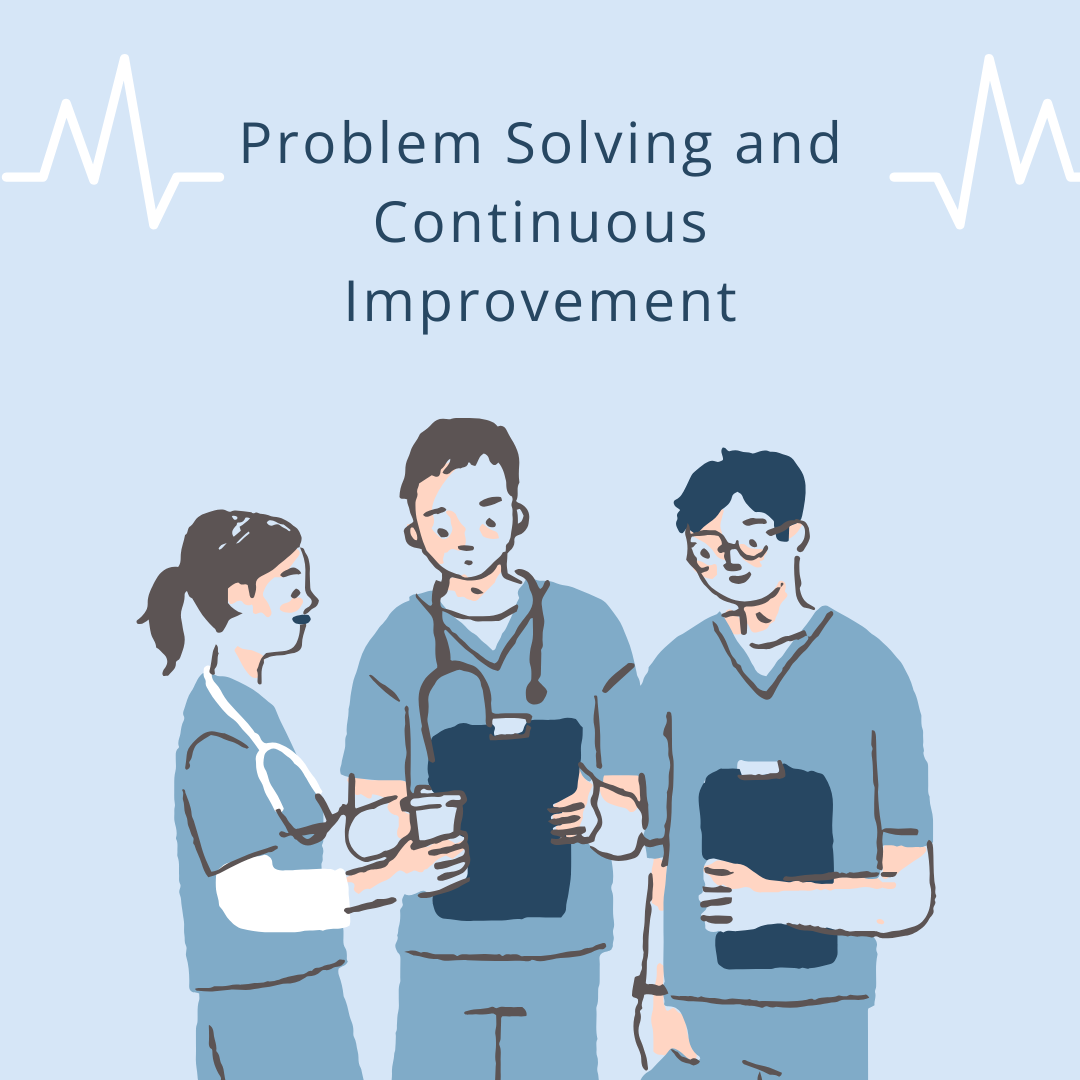Problem Solving and Continuous Improvement – Empowering Teams and Driving Engagement
In the previous posts of this series, we’ve explored two key building blocks of a Management System (MS), Priorities and Metrics, establishing Routines and Rhythms, Now, let’s dive into one of the most impactful aspects of any MS: Problem Solving and Continuous Improvement and Leadership Behaviours.
Empowering Your Team to Solve Problems: A Real-World Example
One of the most rewarding projects I’ve worked on recently involved nurses in a hospital setting. The goal was to empower these frontline staff to take ownership of the challenges in their areas and give them the tools and structures needed.
Through this approach, the nurses were able to identify and implement over 100 opportunities for improvement—ranging from better workflow processes to patient care improvements. By giving them the authority and support to solve these issues, we saw a dramatic improvement in engagement. In fact, their employee engagement score increased by over 30% in just a few months.
But empowering teams is only one piece of the puzzle. Equally important is setting up a structure where more complex problems—those that can’t be solved at the local level—can be escalated to the right people, and ensuring there is a strong feedback loop in place. In this case, the nurses were kept informed of the progress on the escalated issues, which not only improved trust but also kept the team engaged and motivated.
Continuous Improvement: Small Changes, Big Results
The example from the hospital project highlights a broader principle of continuous improvement—where small, incremental changes lead to significant, long-term results. By embedding problem-solving routines into your Management System, you create a culture where everyone is constantly looking for ways to improve, no matter how small the change.
This culture of continuous improvement means that your team is always moving forward, and your business is constantly evolving. It doesn’t require large-scale initiatives or overhauls; instead, it’s about creating a mindset where every improvement counts, and every problem is an opportunity to make things better.
Leadership Behaviours: The Importance of Being Visible and Engaged
We can’t talk about continuous improvement without also talking about leadership behaviours, particularly in terms of visibility and engagement. Whether it’s in a hospital or a factory, leadership plays a critical role in setting the tone for how teams approach problem-solving and improvement.
One key aspect of the Lean concept of leader’s standard work is to be visible, listen, and engage with your team regularly. This isn’t just about being available for decision-making—it’s about truly understanding the issues your people face and giving them the support they need to solve problems. In the hospital project, the leaders made a point of being on the floor, listening to the nurses, and acting on their feedback. This kind of engagement boosts morale, increases trust, and ultimately drives better outcomes for both the staff and the patients.
It’s no different in a factory environment—by focusing on your people and ensuring they have the support they need, you improve the product or service you’re delivering, and enhance the customer experience as a result.
Bringing It All Together
Problem Solving and Continuous Improvement are the engines that drive lasting success within any Management System. By empowering your teams, creating structured feedback loops, and ensuring leadership is engaged and visible, you create a culture where continuous improvement isn’t just a concept—it’s part of the daily rhythm of your business.
Next up we will explore Standardised Processes and Structure and Accountability, the final building blocks in a strong Management System.

